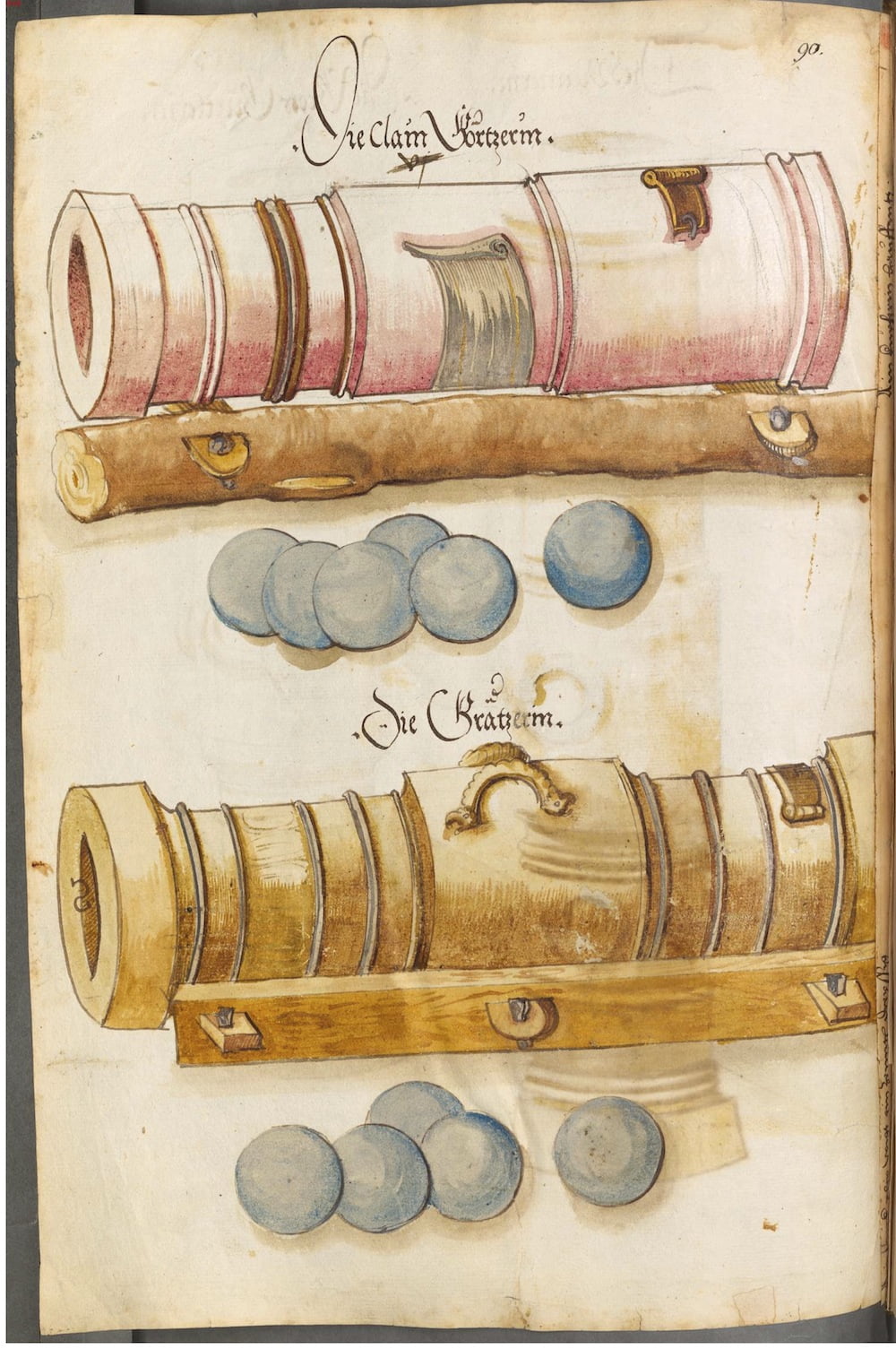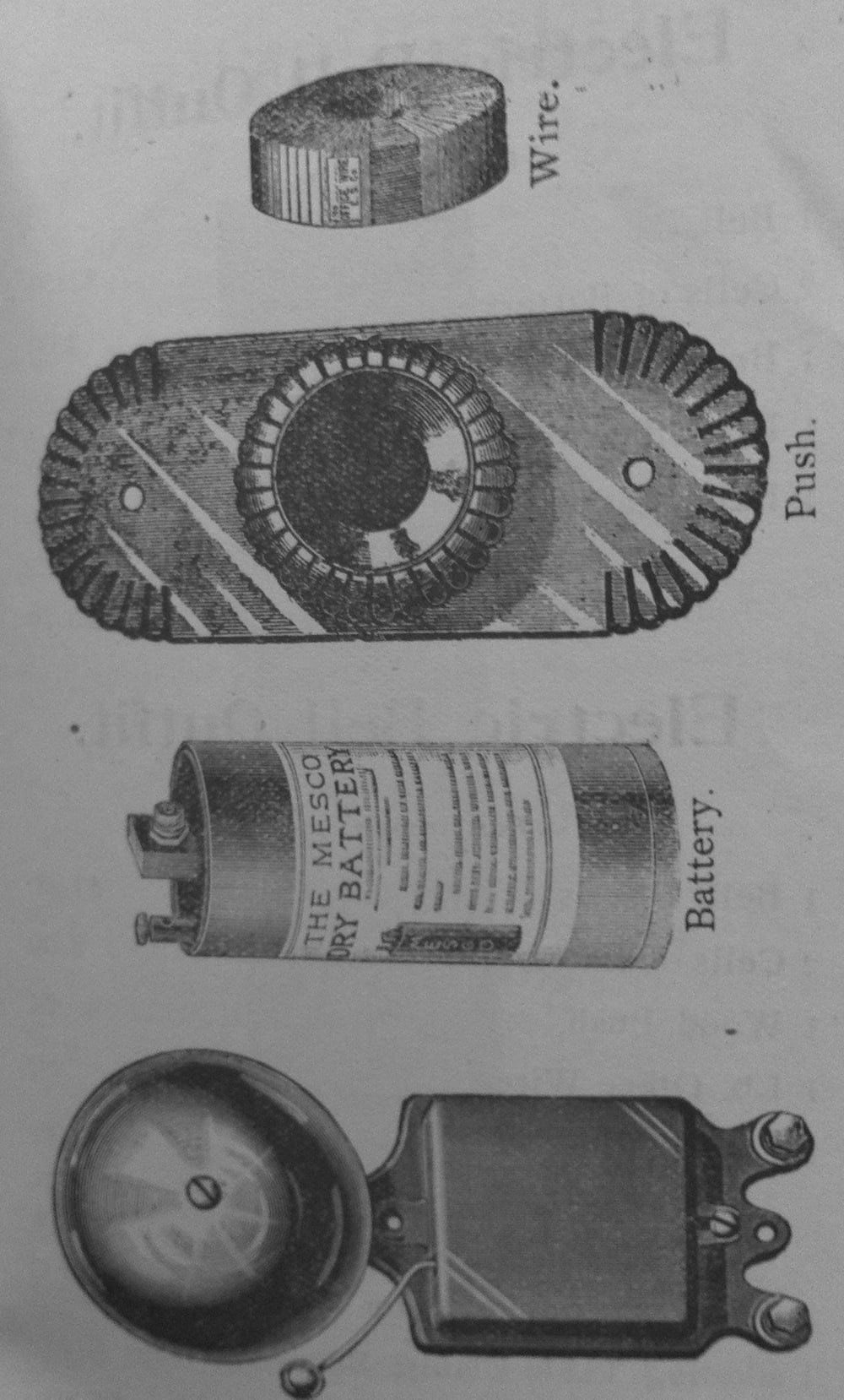I’ve just gotten through Pamela Long’s Openness, Secrecy, Authorship: Technical Arts and the Culture of Knowledge from Antiquity to the Renaissance (it might be available for you here, depending on your institutional access, otherwise to get the figures you are better off getting a print copy). Given how long its been out, and how closely the subject overlaps with one my interests (how the ways of “knowing” production have changed), I’m surprised I haven’t come across it before. It’s a fine read too, with interesting characters and compelling micro-histories woven into a narrative of truly profound and far-reaching change.

Zeugbücher made for the emperor Maximillian, early sixteenth century
The sources that figure into this narrative are captivating, and the viewpoint with which the author goes about reading them speaks to prior modes of knowing in production and craft. There are two in particular that stick out. One, a small manuscript of twenty-two sheets about gunpowder artillery (Cod. germ. 600, in the Bayerische Staatsbibliothek) was already familiar to me. The other is the hand-painted Zeugbücher made for the emperor Maximillian at the beginning of the sixteenth century (translated here as “ordnance books” or “arms books,” although literally they are “stuff books”). As Long writes:
While we should be careful not to read back into history our conceptions of later document genres, it is fun to compare this “stuff book” with the emergence of the modern illustrated catalogue. While Maximillian’s catalogue serves as a display of imperial power, it also has the utility of facilitating military adjustment to the distribution of armament in the empire. Later catalogues are rarely as lavishly illustrated, and fine sketches are soon replaced by photographic reproductions, but in many respects they serve as a similar kind of object. While they ostensibly allow customers to order products being produced, they also array the impressive armaments of production in a way that reinforces the identity, power, and prestige of the firm issuing them.

De Veau & Co. electrical apparatus catalogue, early twentieth century.


